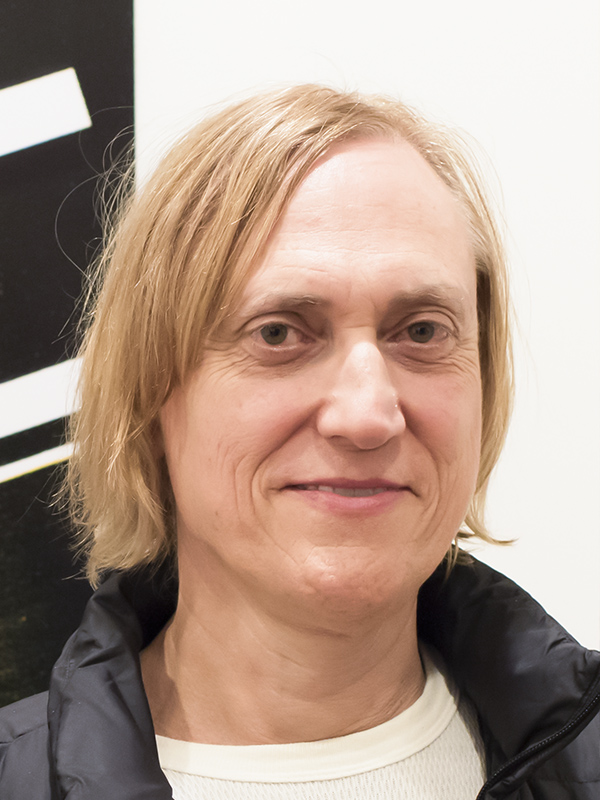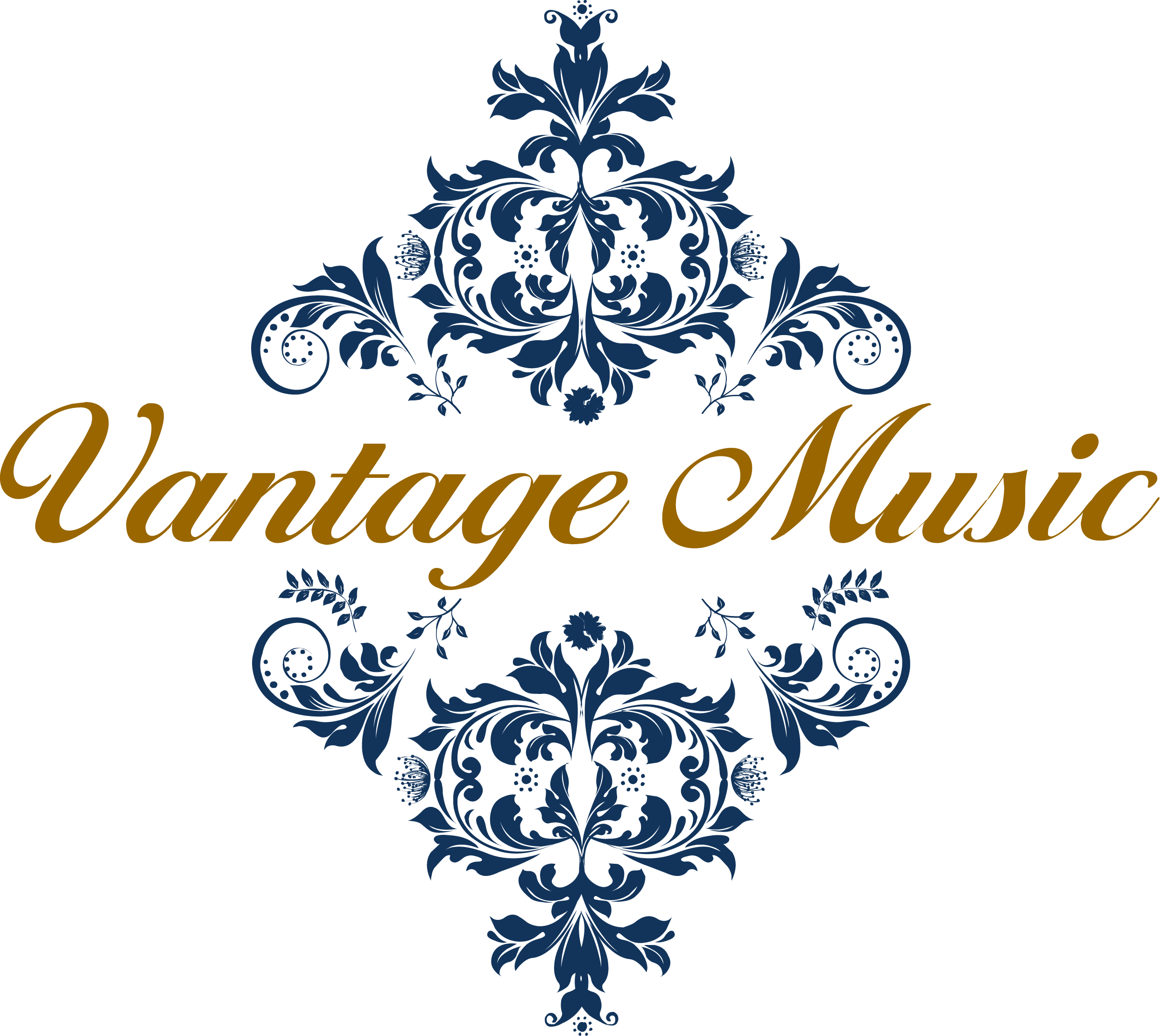* Concert XIV – June 2020 *
Sonata for Violin and Piano in D major K. 306 Mozart (1778)
I. Allegro con spirito
II. Andantino cantabile
III. Allegretto
The last of the set of violin sonatas Mozart wrote on his journey to Mannheim and Paris, this is the grandest of them all, being the only one in three movements apart from K. 296 (written in Mannheim but not published as part of the set of six sonatas K. 301 – 306). This sonata was probably begun in Mannheim and completed in the summer of 1778 while Mozart was in Paris. Its spirit shows little evidence of what the composer must have felt about his circumstances. His mother had died suddenly and unexpectedly in July of that year while in Paris and Mozart himself wrote to his father about the terrible conditions in that city: “…really the mud in Paris is beyond all description. To go in a carriage entails spending four or five livres a day, and all for nothing; it is true the people say all kinds of civil things, but there it ends… the French are far from being as polite as they were fifteen years ago; their manner borders on rudeness, and they are odiously self-sufficient…”
Written in almost a concertante style, the work’s first two movements set a new standard in soloistic power and poise: a lively opening movement makes way for a breathtakingly intimate Andantino. But it is in the last movement that Mozart really unleashes his creative powers with alternating interludes of different tempi and, in a brilliantly operatic touch, a written out cadenza for both instruments at the end of the movement bringing the work to its dramatic climax.
Sonata No. 5 for Violin and Piano in F major Op. 24 “Spring” Beethoven (1801)
I. Allegro
II. Adagio molto espressivo
III. Scherzo: Allegro molto
IV. Rondo: Allegro ma non troppo
It is not clear exactly who nicknamed Beethoven’s violin sonata Op. 24 the “Spring Sonata” but we know it was not the composer, who was also not responsible for the names “Moonlight” and “Pathétique” applied to his two most famous piano sonatas. The moniker seems to have arisen after Beethoven’s death but it aptly describes the sunny melodic complexion of this work. Beethoven dedicated this sonata to one of his patrons in Vienna, Count Moritz von Fries, to whom he also dedicated the string quintet written in this same year (1801) and his Symphony No. 7.
This sonata was his first to be written in four movements, following an expanded symphonic template he had already pioneered in his piano sonatas. In the opening of the sonata, the violin presents the main theme, a beautiful and sinuous locution for which the sonata is famous. After a tender and highly expressive slow movement, Beethoven offers a scherzo that is as short as it is witty. What is particularly notable is the playful way that the main theme presented by the piano is echoed by the violin, which constantly seems to be one step behind. The last movement Rondo opens with another lyrical and highly memorable melody that no doubt partly explains why this is Beethoven’s most popular of the ten sonatas he wrote for the two instruments.
Piano Trio No 2 in E flat major D.929 Franz Schubert (1827)
I. Allegro
II. Andante con moto
III. Scherzando: Allegro moderato
IV. Allegro moderato
Composed in 1827 when Schubert was 30, a year before his death, his Piano Trio in E-flat major is an epic masterpiece comparable to Beethoven’s Archduke Trio as one of the greatest piano trios in the repertoire. It is immense in length and breadth, wealthy in thematic ideas and constant transformations yet seamlessly integrated. Like much of Schubert’s late period music, it is grand and profound. It was among the few pieces performed in the only public concert featuring Schubert’s music held during his lifetime, and the only work published outside Austria before his death. In one of Robert Schumann’s musical essays, he summed up this work thus: “a Trio by Schubert passed across the musical world like some angry comet in the sky”. More intense than its companion, the Piano Trio in B-flat major written around the same time, it surges with passion, pathos, and at times even anger, but equally its mood often returns to one of grace and triumphant beauty.
The first movement opens with an upbeat lyrical Schubertian theme that takes us on a journey visiting as many as five other related thematic ideas. While the scale and breadth of the first movement is vast, the slow second movement with its hauntingly beautiful opening melody uttered first by the cello, is more far-reaching as it both plummets into the depths of despair and ascends to the heights of exuberant passion. The somber melody has been used quite often in the movies, most memorably and to powerful effect by Stanley Kubrick in his 1974 period epic Barry Lyndon.
The Scherzo movement that follows presents an ingenious canon with piano and strings imitating each other in a variety of shifting combinations interlacing two- and three-part textures in a genial dance. The grand finale takes on even bigger proportions than the first movement, introducing three new melodies while also bringing back the dark melody from the slow movement in a tapestry of dazzling color and virtuosity. As a final masterstroke Schubert concludes the work with this dark theme transposed into a triumphant major key.

About the author: Julian Brown is a writer and violinist based in Mountain View, California. Born in the UK, he lived for many years in London and has performed in both London and the San Francisco Bay Area. He is the co-founder of the Cal Arte Ensemble, which performs numerous chamber concerts a year in the Bay Area, aiming to make great music available to a wider audience. He also serves as concertmaster for several orchestras including the Cambrian Symphony and the Palo Alto Philharmonic. For more information see https://www.julianbrown.xyz.

